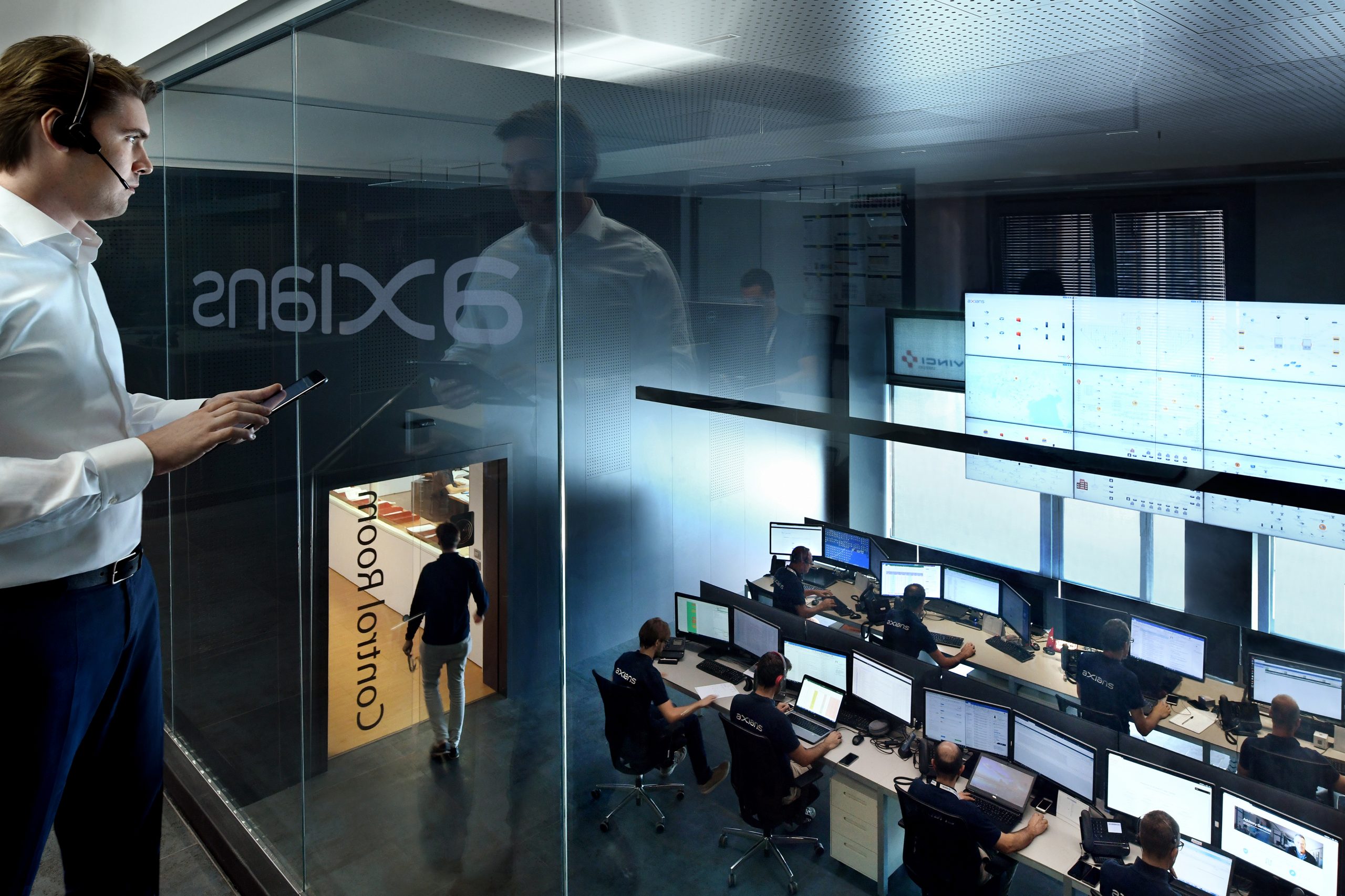The ask on the technical teams is only going up. Twenty years ago technology was just one part of a business, now technology underpins the entire business – and one department is responsible for maintaining, updating and evolving the technology each business uses.
The breadth of the technical challenge
Every person in every business uses technology. Even for those who might not traditionally count themselves as technologists like lawyers, underwriters, marketers, retailers and more – they still rely on tech like laptops, smart phones, vehicle trackers, and stocktake handsets, plus all the various software applications to automate tasks and streamline processes.
The whole point of digital transformation is harnessing technology to benefit you and your customers. A few years ago, the world leapfrogged several years ahead of its digital transformation journey due to global lockdowns but this resulted in lots of companies buying the wrong tech in a bid to stay online and survive. Instead of solving your customers’ problems, the wrong tech can exacerbate them.
The Business Agony Aunt: A juggling act
The rapid rise of new technologies that are constantly touted as “game-changing” to one industry after another leads to a selection conundrum for CTOs who are mandated to “transform the business”. Part of that mandate is receiving inputs from everyone in the entire business to help form their ideas and to steer where the business needs to go – from a technical point of view. That means every line of business will be involved; sales directors, finance directors, operations directors and more.
Now consider the budget allocated at the start of the year. The CTO needs to make sure all ongoing technical requirements are met through this budget such as cyber security, devices for workers, connectivity nationally or globally – and more. These items on their own hoover up a huge amount of budget, but now CTOs need to also need to somehow find budget and headcount to deliver new projects to technically transform the business.
Building an ecosystem of partners
The technical team spend almost all of their time on the day-to-day running of the business because it’s often too large and complex to cut any headcount from. That means, if a CTO is to transform a business as per the various requests of each different department, they must find trustworthy partners to help scale up and down, as needed. But knowing where to look isn’t easy.
There are thousands of Managed Services Providers (MSPs), Systems Integrators (SIs), Value Added Resellers (VARs) to somehow navigate. Some focus on device performance, local connectivity, global connectivity and more. Cloud hosting partners, cybersecurity tools and dashboards, network performance tools, HR management software. It’s a long list of current and potential partners to measure, review, and often change.
Tech FOMO = burst budgets
When shiny new technology emerges, it often makes older tech and platforms redundant resulting in a potentially huge amount of technical debt for CTOs. Do you need to replace or remove the old platform? Move to the cloud or another service completely? If your technical team is spending all day keeping the business online, who has the time to integrate new tools and potentially exfiltrate the old?
Don’t get sucked in by a solid slogan promising you the world – not every product is right for every business. This is the key between innovating through new technology and bursting through your budget on technology you don’t really need. As the technical director, CTOs have to translate a company strategy into a technical strategy and identify who is available and has the right knowledge and expertise to deliver each part. Does it make more sense to outsource new technical projects or the day to day running of the business? Do I have capacity to hire more people with the right skills or train current staff in new tech?
Freeing up time to innovate with ‘The Silent Network’
Delivering a network that just works frees up time and resources for the technical teams to focus on identifying, experimenting and integrating new technologies. At Axians, we call this approach ‘The Silent Network’, ensuring fast, faultless and fuss-free daily operations so the only feedback users report is positive. Intelligently keeping local or global networks online and on time reduces time wasted on unnecessary support calls or bug fixes so you can focus on tomorrow, not just today.
The only constant now in life is change. Today the big change is coming from AI, what will it be in two years time and is your business set up to adapt to whatever the next big change is? Those built for change focus on three core principles of any new technology; is it going to help protect my reputation, drive market share or profitability, or enable us to meet sustainability goals? Focusing only on today’s capabilities will set you up for failure tomorrow.


